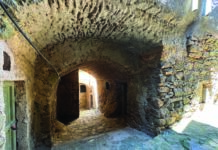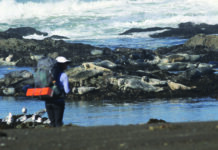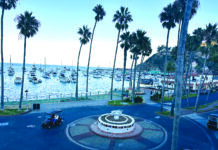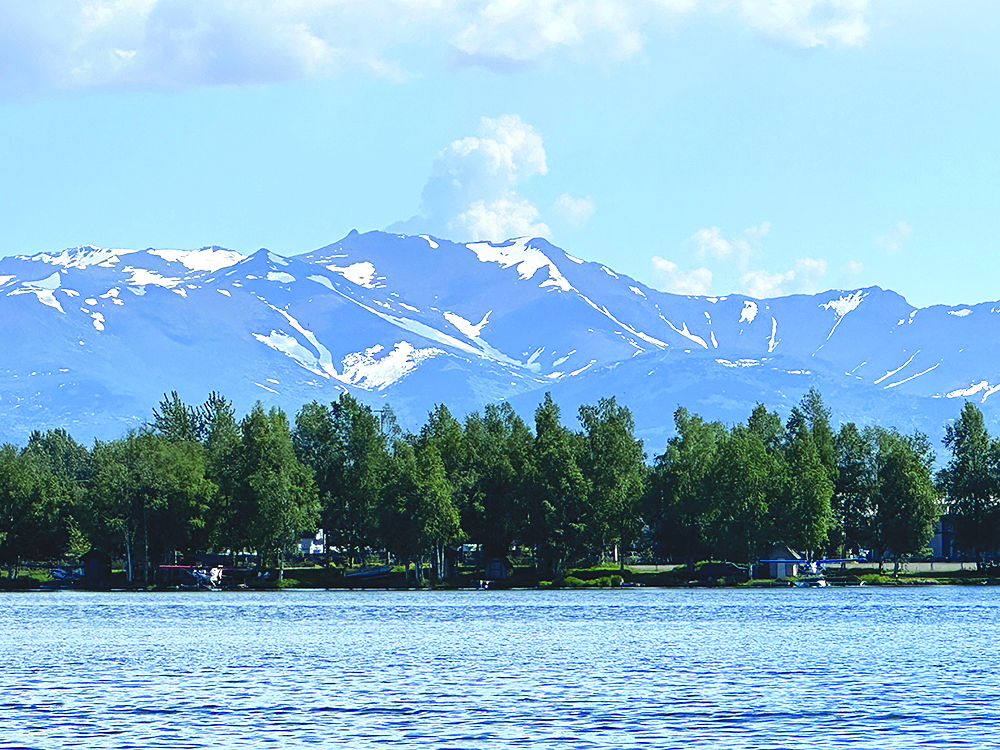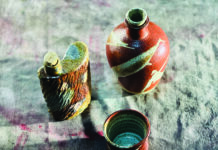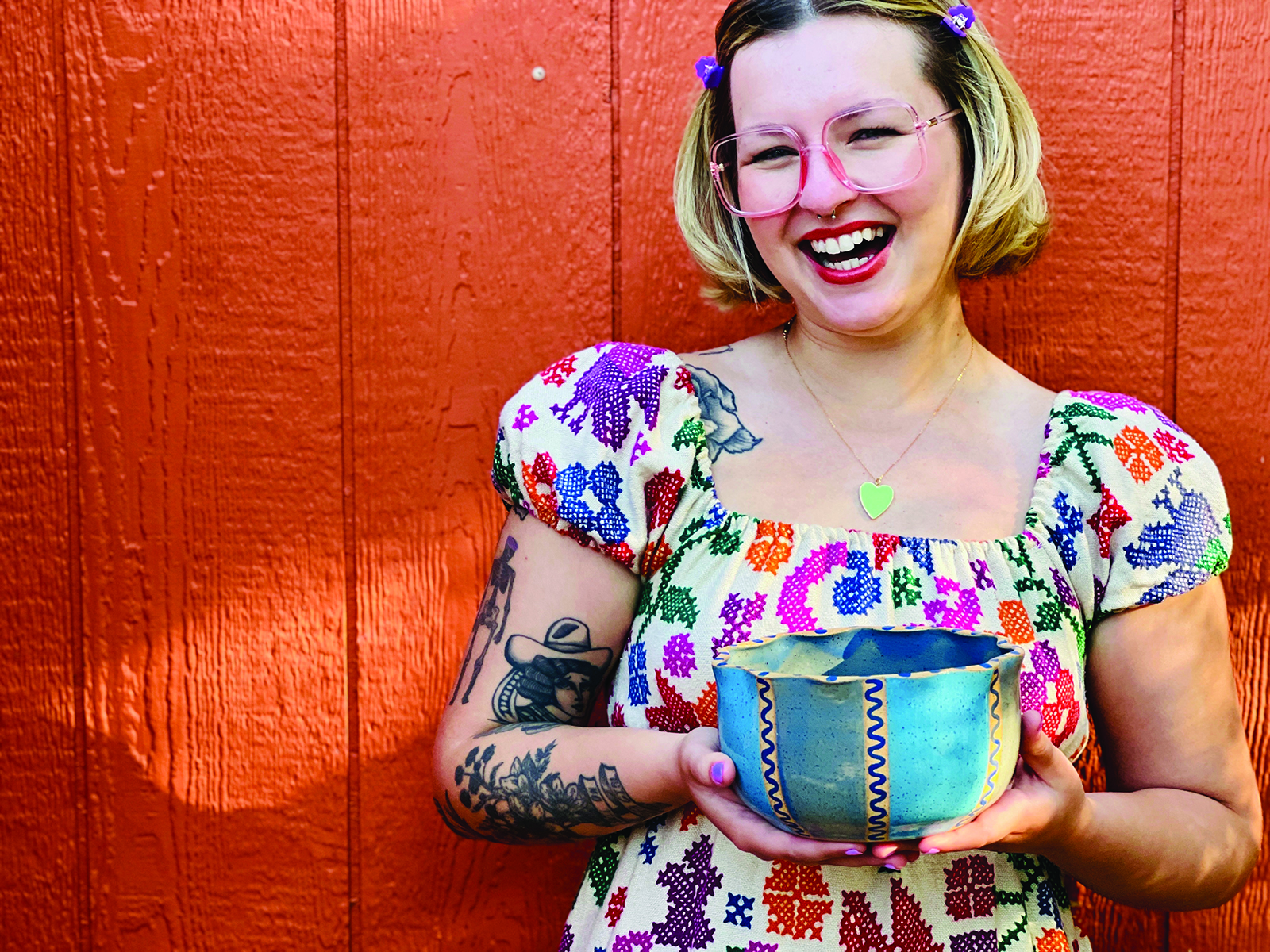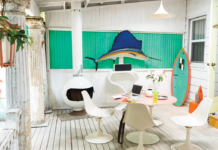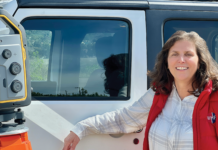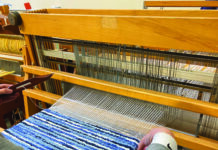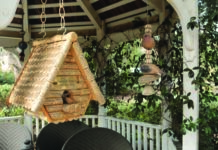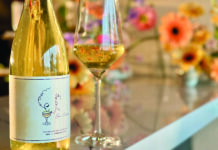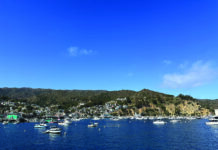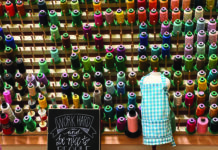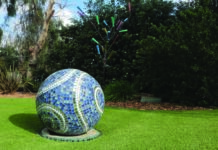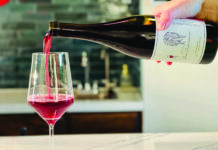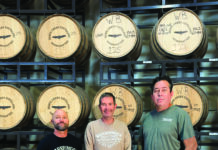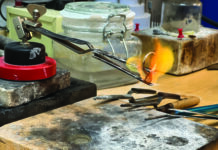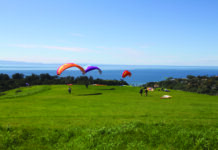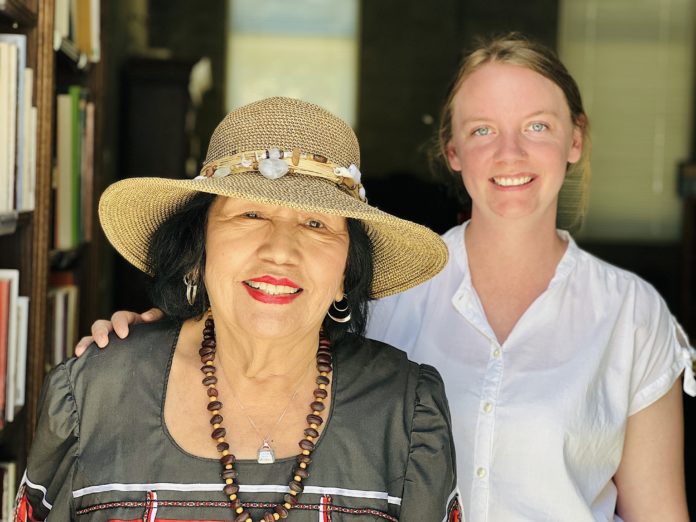
By Nancy D. Lackey Shaffer | Photos by Viktor Budnik
Thousand Oaks might be better known for its numerous shopping centers, posh suburban enclaves, top-notch performing arts center and proximity to Hollywood (with more than a few famous names making a home here). But it also holds some of the finest hiking trails in the county, with wide-open spaces, beautiful views and, in some areas, rich stands of oak trees that gave the city its name.
Northeast of the city, in Oakbrook Regional Park, is one of the area’s most precious cultural resources: the Chumash Indian Museum.
From Lang Ranch to Landmark
The area on which the museum now sits was once part of Lang Ranch. Sometime after the Lang family sold the property, archeologists discovered grinding holes, beads, pictographs and other evidence of Chumash habitation, going back over 10,000 years. At that time, the area was owned and managed by Ventura County, and it was designated an archeological zone in 1971 and Ventura County Historical Landmark #90 in 1983. In 2003, the area came under the jurisdiction of the Conejo Recreation and Park District.
In the 1990s, the museum building and grounds were given to the nonprofit Oakbrook Park Chumash Indian Corp., which also received grant money from the state of California and Lake Sherwood to start a museum. The Chumash Indian Museum (CIM) was officially founded in 1994.
“To tell you the truth . . . it was all very simple,” recalls Beverly Folkes, a Chumash Elder and member of the Fernandeño Tataviam Band of Mission Indians who serves on the museum’s board of directors. “There was a group of original Chumash working with Ventura County . . . and then we started having meetings to pick board members.”
She and the other founders — all of Chumash descent — did their own research to put together displays that showed the “lifestyle of the Chumash” prior to European contact (pre-1542). The museum now includes tools, jewelry, currency, musical instruments (“a big part of their lifestyle,” Folkes says) and more.
“We wanted to make it as authentic as we could,” Folkes explains, noting that there were a few dozen people involved in the work: researching; donating time, knowledge and artifacts; sharing ideas. “We knew nothing about putting a museum together. We just knew we had this opportunity.”
One thing the founders did first was hire an artist, Brian Butler, to paint murals depicting aspects of Chumash life. While Butler looked through books and photos, Folkes also remembers him “taking photos of us.”
There was a reason for that: Butler’s murals represented the pre-mission era, but the figures that populated his scenes had the faces of modern Chumash individuals — the very same people who were instrumental in bringing the museum about. Folkes laughs about the time an acquaintance called her up after visiting the CIM, excited to say “I saw you on the walls!”
“It was surprising,” she admits. “But I also felt very honored.”
And, as anthropologist and CIM Museum Education Specialist Vivian Steindal likes to point out, those depictions are a helpful reminder that “Chumash are still here with us today.”
Culture on display
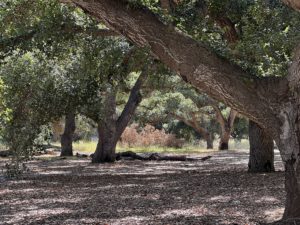
The museum property (about 30 acres total) is currently only open on weekends. Pre-pandemic, CIM was kept busy with school tour groups nearly every weekday. Those were curtailed in March 2020, but everyone is optimistic that tours will resume in the fall. In addition, private tours can be booked — although availability is limited, so be sure to contact the museum at visit@chumashmuseum.org. Tours are extremely informative — there’s so much anthropology, history and ecology to learn from expert guides — but the museum is well organized with lots of interpretive signs and the like. Exploring independently is an enjoyable and worthwhile endeavor, leaving one with greater knowledge of the Indigenous cultures of this area.
The grounds immediately surrounding the interpretive center are largely devoted to CIM’s ethnobotany gardens — thoughtfully planted sections that tell the story of traditional Chumash life through the plants they used.
The Riparian/Basketry Garden, for example, features giant wild rye, basket rush, deergrash, horsetail and other fibrous plants used for basket weaving. In the Fruits and Flowers Garden there are plants that were consumed (bladderpod, gooseberry and yerba buena), applied topically (woolly bluecurls, creek clematis, hummingbird sage) or fashioned into various implements (island ironwood for harpoons and paddles, snowberry to make brooms and brushes). Many of the species growing in the Walkway Garden are of the medicinal variety: California wild rose for colic, buckwheat for rheumatism and yerba santa for colds and fevers.
The interpretive center holds glass display cases with tools, jewelry, shell beads used as currency and other artifacts, accompanied by informative displays.
There’s also a reproduction of a traditional tomol, a plank-built boat used by the Chumash to travel between the mainland and the Channel Islands, and for fishing in the ocean. It’s not quite a life-size replica — these seaworthy vessels were close to 30 feet long and four feet high — but it is an excellent rendering of one of the most honored and valuable objects in Chumash culture.
Stepping into history
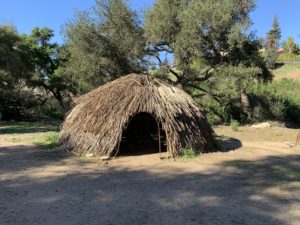
Photo by N. Lackey Shaffer
Outside the museum’s own 30 acres are over 400 acres of oak woodland, which are open daily, from sunrise to sunset, free of charge. A wide, gentle trail winds through this for about 1.5 miles — not too long or strenuous, perfect for a family hike. In this quiet and serene space you can contemplate the native peoples that lived in and walked these same grounds while you appreciate the native vegetation and wildlife.
But there are reasons beyond natural beauty to come here.
Just a quarter mile from the museum, you will see a replica of a game field, or malamtepupi. As the interpretive plaque will tell you, every Chumash village had one, and it was a place where villagers would compete in games of skill and chance (often with other tribes). A little farther on you’ll come to the two ’ap replicas — dome-shaped shelters made from willow branches and tule reeds. Several benches set up in the shade of the trees make this a comfortable spot for a water break and a snack.
These two ’aps are fairly recent; they were rebuilt after the original village exhibit was wiped out by the Woolsey Fire in 2018. Burn scars remain, but vegetation is returning.
What can’t be seen from this trail are the pictographs found in rock shelters in the area.
“Rock art sites are sacred,” Folkes emphasizes, and vulnerable to damage by humans. Thus, they are not open to the public.
Gateway to open space
Taking the trail from the museum and back again will have you traveling an easy three miles roundtrip. In the mood for something longer or more strenuous? No problem — Oakbrook Regional Park is part of the Lang Ranch/Woodridge Open Space Trail System, managed by the Conejo Open Space Conservation Agency (COSCA) and encompassing over 1,000 acres. There are more than 10 miles of trails in this system, some of which offer views of the Simi Hills and Santa Susana Mountains.
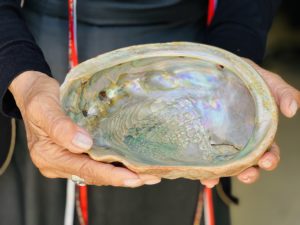
These trails also connect to 8,000 acres of additional open space, including the Simi Valley Open Space system and the Palo Comado and Cheeseboro sections of the Santa Monica Mountains National Recreation Area. Meadows, creeks, oak groves and panoramic views await the adventurous and hardy.
About 0.75 miles past the Chumash ’ap replicas, you can access the Albertson Motorway, a fire road and public trail that in turn leads to other trails: Palo Comado, China Flat, Simi Peak, Autumn Ridge and more.
There are several other trails in this system, and not all start (or end) at CIM. The Conejo Open Space Foundation, which raises funds for COSCA programs, has detailed maps and descriptions for all the trails in the Lang Ranch/Woodridge Open Space Trail System. Visit the foundation’s website for more information.
Chumash Indian Museum
3290 Lang Ranch Parkway, Thousand Oaks
805.492.8076
The museum is open to the public on Saturdays, 10 a.m.-4 p.m., and Sundays, 12-4 p.m. The trail is open daily, sunrise to sunset.
Conejo Open Space Foundation
P.O. Box 2113, Thousand Oaks



